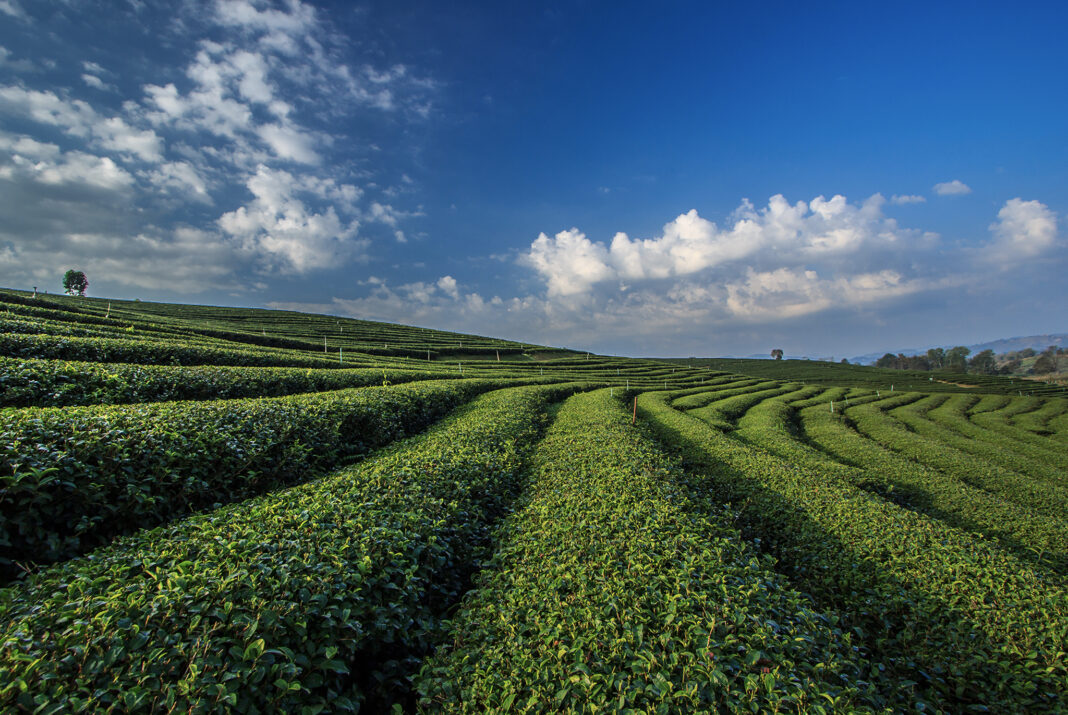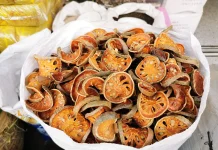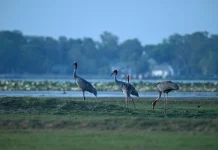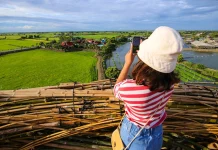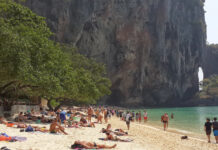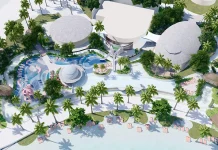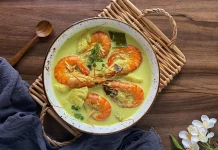You could take a week-long solo road trip from Chiang Saen (where the mighty Mekong approaches Thailand’s border), exploring scenic routes and local culture, before hiking to the towering Phatang Cliff to bid farewell to the “mother of rivers” as it twists its way into Laos. If you can’t take a week for the visit, break it down to three days for an adventure around the Golden Triangle.
Fuelled by the myth of the Golden Triangle and home to different tribes and dramatic landscapes, Chiang Rai province in Thailand’s North makes a wonderful road trip adventure.
Hit the heart of the Golden Triangle
The Golden Triangle, to give it the name coined by the CIA, refers to an area of approximately 950,000 square kilometers that overlaps the high ranges of Thailand, Myanmar, and Laos. It has long been home to various tribes such as the Karen, Hmong, Mien, Akha, and Lisu. With the growth of cross-border trade, Han Chinese have added to the ethnic diversity. Collect your rental car at the airport – where economy hatchbacks and prestige four-wheel drives are available – and head out to Chiang Saen district, the centerpiece of the Golden Triangle. There you can see the mighty Mekong sweeping down through Myanmar and Laos before reaching Thailand. Opium is no longer an option, but gambling is most likely the new addiction. From the Thai side, you can see Roman Casino, a modern gambling den that is laying its bet on casino tourism on the Laotian side.

A short drive from the Golden Triangle viewpoint, the Golden Triangle Park Hall of Opium provides an up-close look at opium cultivation and trading in this part of the world. The museum is located at the heart of the Golden Triangle, where Thailand, Laos, and Myanmar meet. It features the Golden Triangle’s history, the origin of opium, the opium war, opium warlords, drug smugglers, and opium effects.
The drive north from the Hall of Opium takes you to the border markets of Mae Sai and Tachilek. The cross-border markets, divided by the small Ruak River and connected by a concrete bridge, have something for everyone.

On the Thai side, the Mae Sai market attracts Burmese, Shan, and other ethnic minorities for goods and supplies, whereas the Tachilek market draws many visitors for counterfeit items and shopping sprees. The bridge over the Ruak River is the best place to watch the world go by, with people from all tribes coming in and out with pull carts full of instant noodles and medical supplies or bags full of counterfeit cigarettes, Louis Vuitton knockoffs, and fake Viagra.
However, the Chinese cheapie is not the whole story here.

Within a short ride from the bustling Tachilek market is the Shwedagon replica. It was built for the devotees who can’t afford a pilgrimage to the Shwedagon in Yangon. Perched on a hilltop, the golden pagoda is worth visiting for the panoramic view of Tachileik township. Furthermore, the presence of locals dressed in traditional clothes, with paper parasols, fragrant thanaka, and sweet-scented white ginger lily creates a strong sense of Myanmar.
Move to the hills
In the 1970s, the Golden Triangle was the world’s largest opium and heroin-producing region, sending drugs to thrill and threaten lives from Bangkok’s ghetto to SoHo in New York City. Gold, the ultimate currency, was used by Chinese traders to pay for the opium grown here. That’s how it got its name. Now, thanks to the late King Bhumibol Adulyadej’s introduction of alternative crops to the poppy-growing hill tribes, opium cultivation had faded into the mists of time. His success stories are as numerous as his footprints in the highlands.

On Highway 1, about 17 kilometers south of Mae Sai, you will find the Akha village of Pha Mee nestled on the slope of a towering mountain. Pha Mee is one of Thailand’s best coffee producers. But, long before arabica found its way to Pha Mee, opium had pride of place. Pull over your car at Phufa Zaje, a coffee bar and eatery with a view to die for, order your cup of java and ask for Zaje – the Akha chieftain. He will tell you how poppy cultivation gave way to coffee plantations.
“It was 1968. Our Akha village was visited by King Bhumibol Adulyadej. The memory is still vivid. The king was riding on the back of a donkey, and I was his donkey leader,” Zaje recalls. “The king asked if the Akha could stop growing opium. If there was an alternative, I told him we could stop.”

A few months later, truckloads of alternative crops, including coffee plants, arrived in the Akha village. Today, Pha Mee provides arabica beans with a delicious and flavourful note. You can stay here too and enjoy Akha hospitality. Many coffee shops provide lodging with a panoramic view of the Golden Triangle.\
Scenic route
The drive north from Pha Mee takes you along the Thai-Myanmar border, with great views of rolling mountains. The Doi Chang Mub lookout provides a breathtaking vista of Thailand’s northern border, and it’s the best place to watch the spectacular sunset over the Golden Triangle. Continue driving north, and you reach Doi Tung Palace and the manicured Mae Fah Luang Garden. In 1987, HRH Princess Srinagarindra, King Bhumibol’s mother, had a Swiss Chalet-style palace built in the opium heartland, and convinced hill tribes to abandon poppy fields in favor of macadamia, coffee, flowers, and organic farms.

From Doi Tung, you will find your way through the hairpin bends and wandering chicken and piglets as you head west to Khun Sa Base Camp in Mae Fa Luang district. Khun Sa, known variously as the opium king, a separatist, a guerrilla leader and a warlord, traded opium for guns and used them to consolidate his control over large swaths of the rugged and remote Shan region. His old base camp in Thoet Thai village has been restored and turned into a museum that recounts Khun Sa’s rise from a poor Shan boy to “King of the Golden Triangle”.
Chiang Rai is also home to a particular Chinese community. The anti-communist Kuomintang (KMT) remnants who refused to surrender to the Communist Party’s forces sought refuge in Doi Mae Salong, which was once part of the opium trade. In exchange for their asylum, the Chinese descendants not only contribute delectable Chinese cuisine to Chiang Rai, but they have also switched from the opium poppy, one of the most dangerous plants, to something healthier – tea.

Choui Fong, a scenic tea plantation in Mae Chan with an award-winning café and restaurant, is the best place to refuel and immerse yourself in the rolling hills of tea plantations. You could end your road trip adventure here with a cup of tea and the sight of tea trees stretching to the Golden Triangle.
Or, you could head East – where you can roll down the windows for scenic views and cooling breezes along the Mekong River and meet the Yong people with their beautiful attire and strange black mosquito nets in the middle of the house.
You’re at the helm. It’s your call.
The article was published in Thai PBS World on August 28, 2022.

